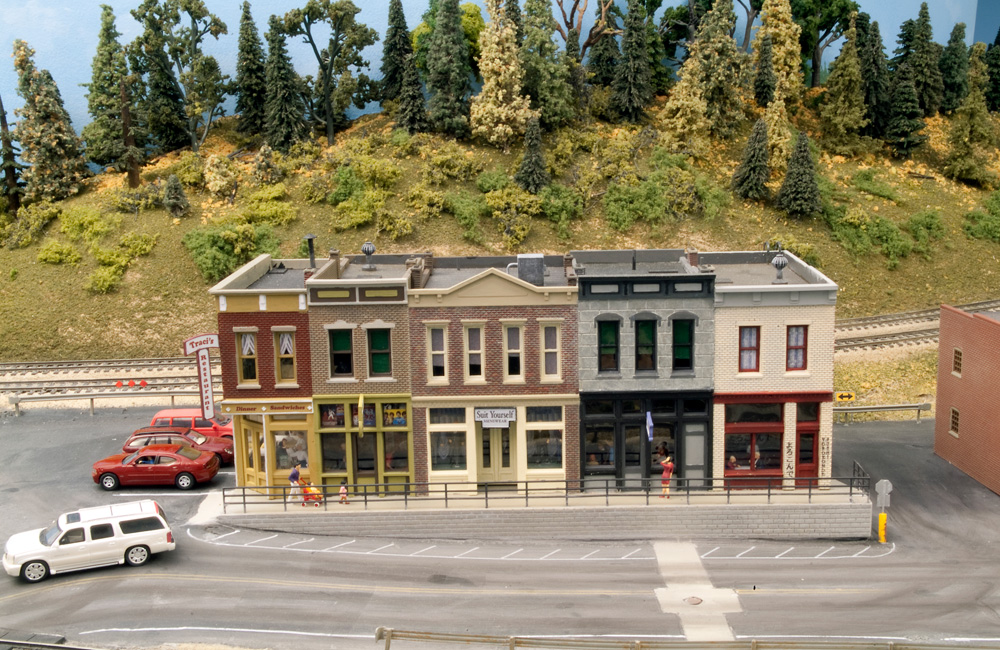
Q: In the ’70s I built an HO scale layout for my sons. Not knowing any better, I used flat black paint for my roads and streets. Now my sons are grown up, and I want to get back in the hobby with a new layout. Can you tell me what color to paint roads on my layout? Is flat gray better? What do you folks use? – Danny Marso
A: A lot of model railroaders are like me; we learned what color things are by drawing them in kindergarten, when we had only eight colors of crayons to choose from. So we grew up thinking that roads are black, trees are brown, and the sun is yellow. It can be hard to break out of that mindset, especially when it comes to things you don’t pay much attention to because you see them every day. If you stop to really look at them, you’ll find that tree bark is brownish-gray, streets are many shades of gray, and the sun is white with black sunglasses. (Just kidding. Don’t actually stop to look at the sun. It’s bad for you.)
When we model roads on our project layouts, we use a variety of materials to color them – paint, pigments mixed into the paving plaster, and weathering powders brushed on top. But the goal is always gray. Asphalt may go down a very dark gray that looks close to black, but it doesn’t stay that way for long. Like I said in my Quick Tip video for MR’s Facebook page five years ago (has it been that long already?!), the older your roadway and the sunnier your climate, the lighter gray you should use. I’ve seen roads where the pavement is so light, they have to outline the white stripes with tar or black paint so they’ll stand out.
Look closely at the roads in the real world and you’ll see other ways you can make your modeled roads look more realistic. Well-worn traffic lanes often have slightly darker stripes where the wheels travel. Pavement cracks patched over with tar aren’t random, but often follow seams and joints in the roadbed beneath the pavement. (You can model these easily with a fine-point permanent marker.) Repaired potholes, repaving projects, and utility work can result in patches of darker asphalt or fresh concrete. We don’t usually notice these repairs if our car’s suspension doesn’t rattle when we pass over them. Try Street View on Google Maps so you can study roads without becoming a road hazard yourself.
When I’m modeling paved roads, I often add a squirt of liquid pigment like Woodland Scenics Black Earth Colors to the plaster mix so any future cracks or scratches in the pavement won’t show up as white. This also reduces how much painting and weathering the road needs.
The photo of the well-worn road at the top of this page comes from Model Railroader’s Bay Junction project layout. If you want to read more about how I modeled this road (and the rest of the town), check out our May 2011 issue.
Send us your questions
Have a question about modeling, operation, or prototype railroads? Send it to us at AskTrains@Trains.com. Be sure to put “Ask MR” in the subject.







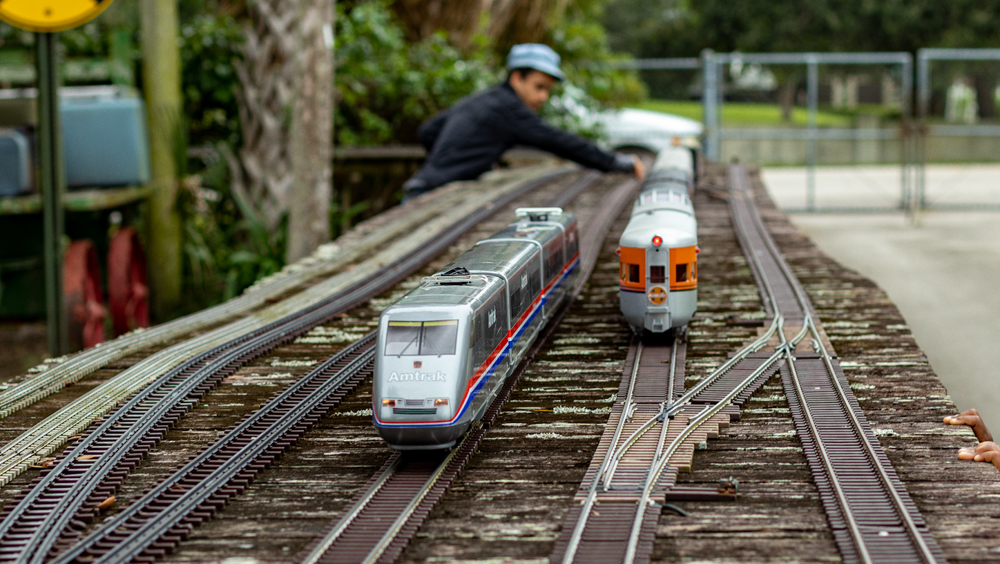
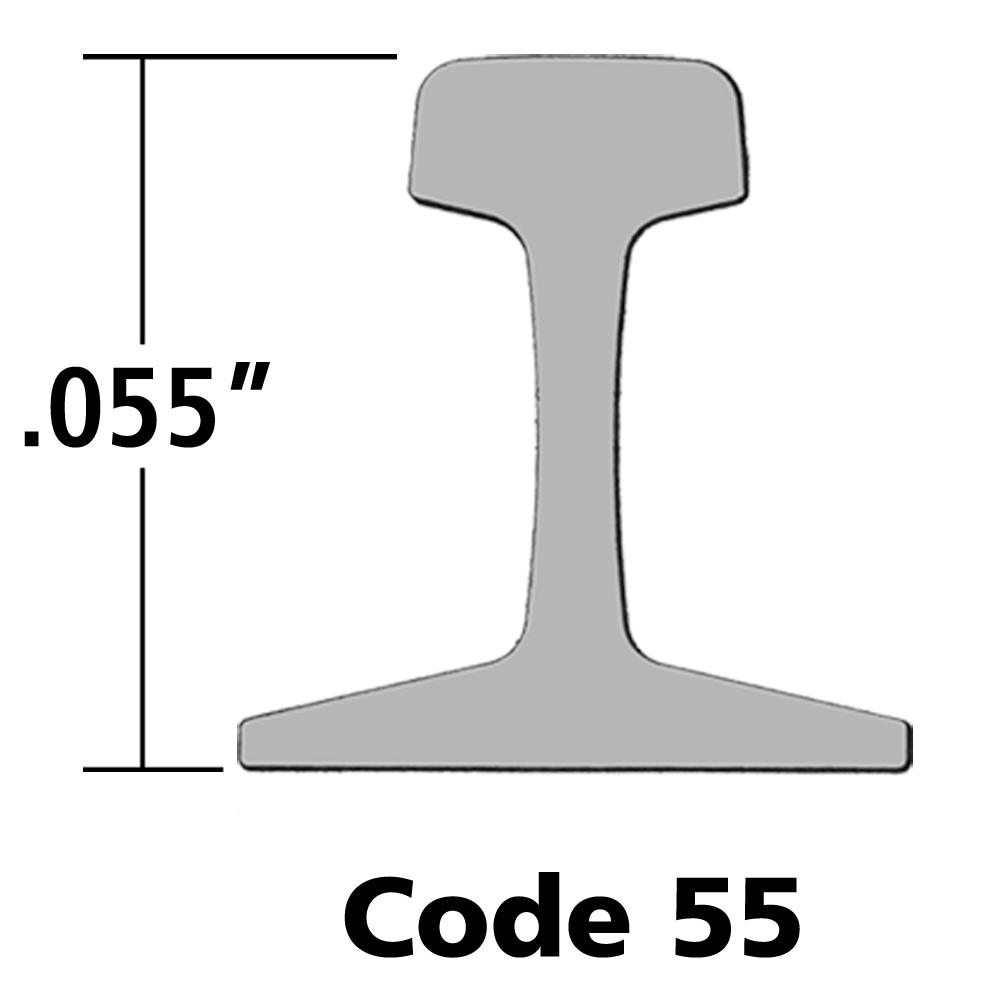
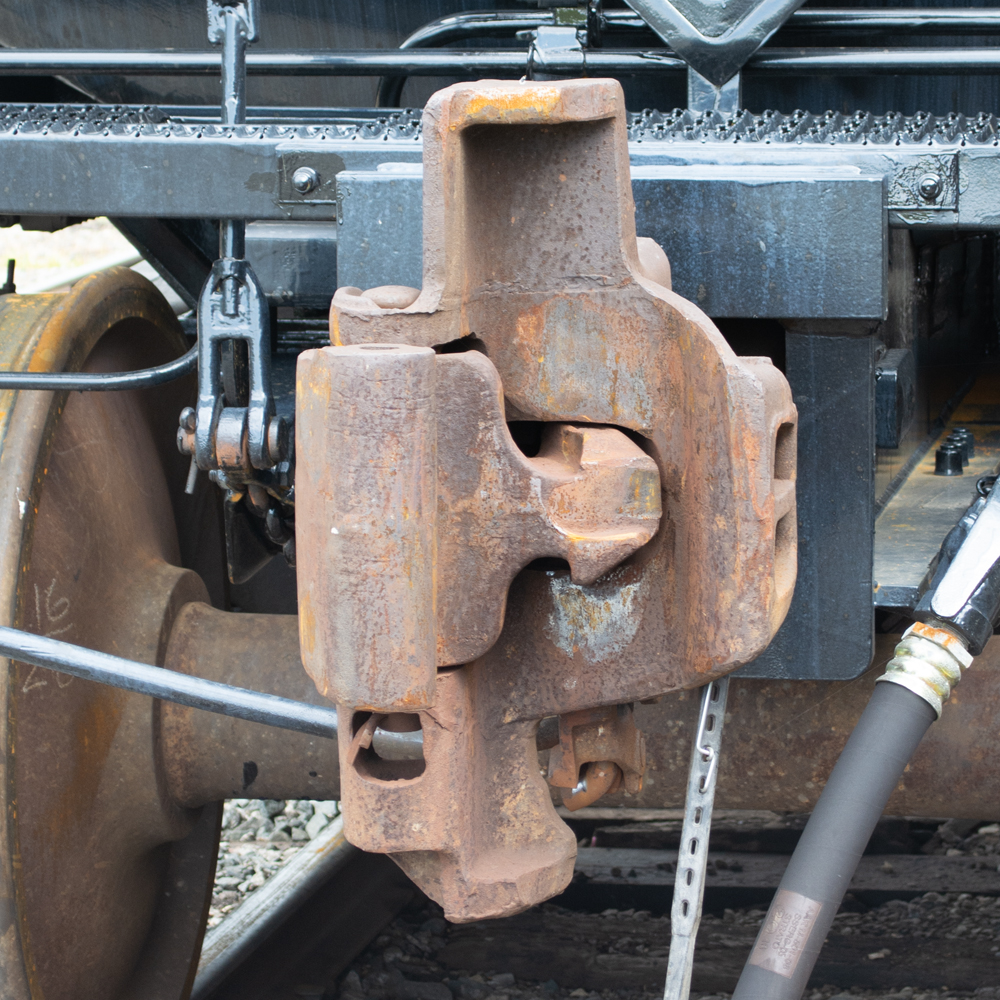
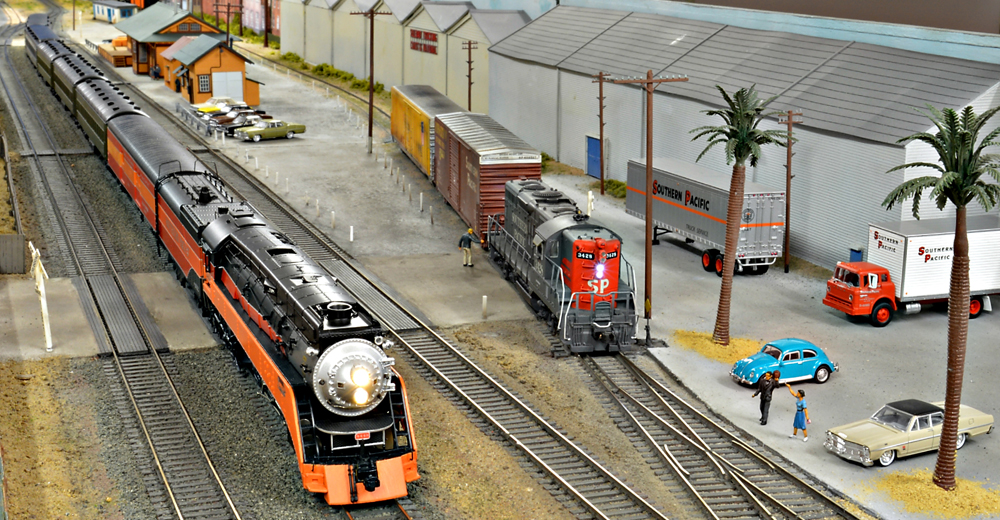
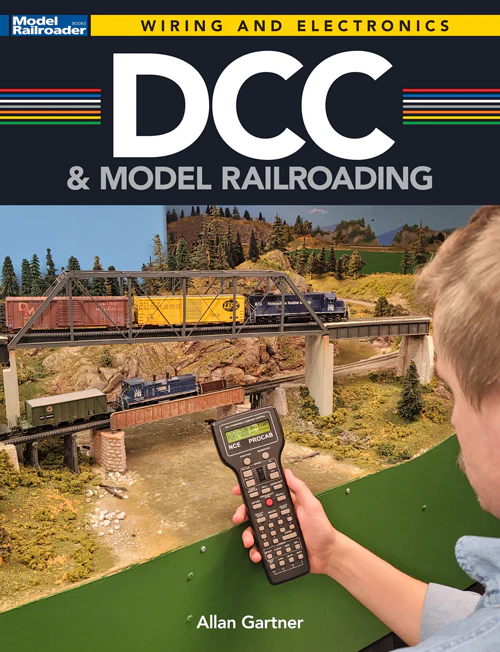



I saw a very interesting color on someone’s indoor railway. The roads were grayish but also had a lavender/purple cast to them. The color was dynamic in contrast to all the greens. I love it!